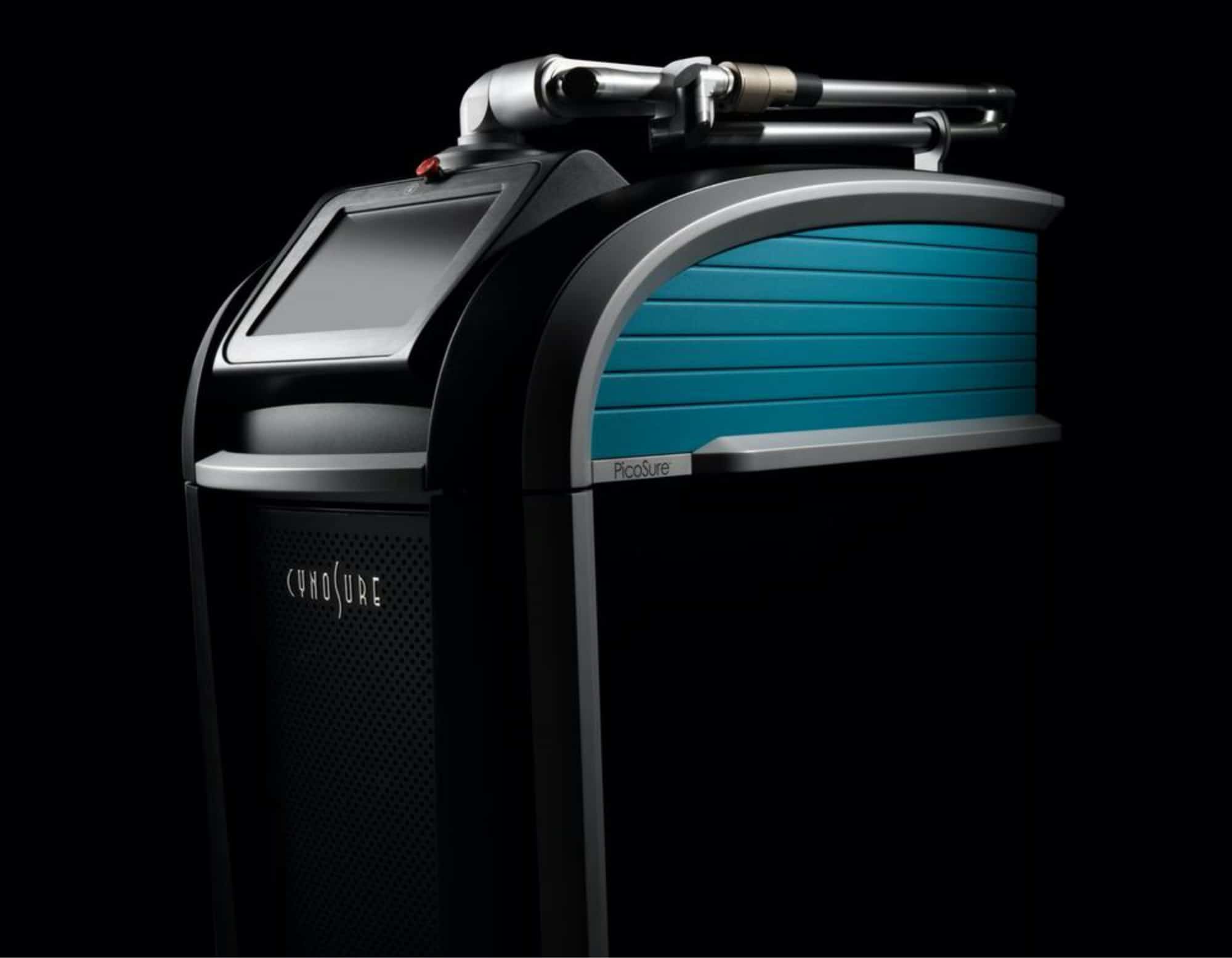Laser Resurfacing is the process of using highly concentrated beams of light to create extremely tiny microabrasions to the skin, which triggers the body’s healing response and generates new skin tissue and collagen in the targeted area. This causes skin to look younger and can erase light wrinkles and laugh lines, as well as discoloration.
Laser Resurfacing works by causing tiny amounts of damage to the skin cells using a highly focused laser. The body responds to this microdamage by supplying new blood and nutrients to the area, which accelerates healing and has an pleasing effect on the patient’s appearance, making them look younger, healthier, and wrinkle-free.
There are two types of laser resurfacing available to patients: ablative and non-ablative. Ablation is the removal of tissues in and on the body through medical means, and ablative procedures are used to treat everything from cancer and heart murmurs to reduce wrinkles. Ablative laser resurfacing works by vaporizing the very first layer of the skin in the target area. The body responds to this damage and begins to heal itself, generating new tissue and rejuvenating the skin, which can increase youthfulness and elasticity for years. The downside of this procedure is that it requires between seven to fourteen days to recover from, during which time the face will be red and puffy, like it has been badly sunburnt. The upside is that ablative laser resurfacing’s effects on the skin can last for up to a decade, since the body is being forced to create new dermis tissue from scratch.
Non-ablative laser resurfacing works similarly to a tattoo removal laser, in that it causes microdamage beneath the surface of the skin, instead of directly on top the first layer of the dermis. Non-ablative procedures are less dramatic in their results and typically require multiple sessions to achieve full effect, but have considerably less downtime and recovery time. Often these procedures are scheduled once a month for four to six months before the desired effect can be achieved.
Ablative laser resurfacing takes a while to get going. From the moment the first laser beam touches a patient’s skin until the full desired effect is achieved can be as long as six months. However, the benefit is also as long-lasting: up to a decade of nicer, healthier, and younger looking skin.
Ablative laser resurfacing often takes a week or more to recover from, during which time driving and working are not advised. Some doctors combine ablative laser resurfacing with other procedures that require down time like liposuction or minor cosmetic surgeries to double up on the time use.
Another con is the recovery time after the procedure. During the weeks after the treatment, the skin will feel like it is badly sunburnt and require the regular application of things like Aquaphore or Vaseline, as well as topical medicines to prevent infection. For the first few months the skin may have a redder, windswept appearance as the healing continues and the new skin cells adjust to the rest of the body, and the healing process can be quite itchy.












